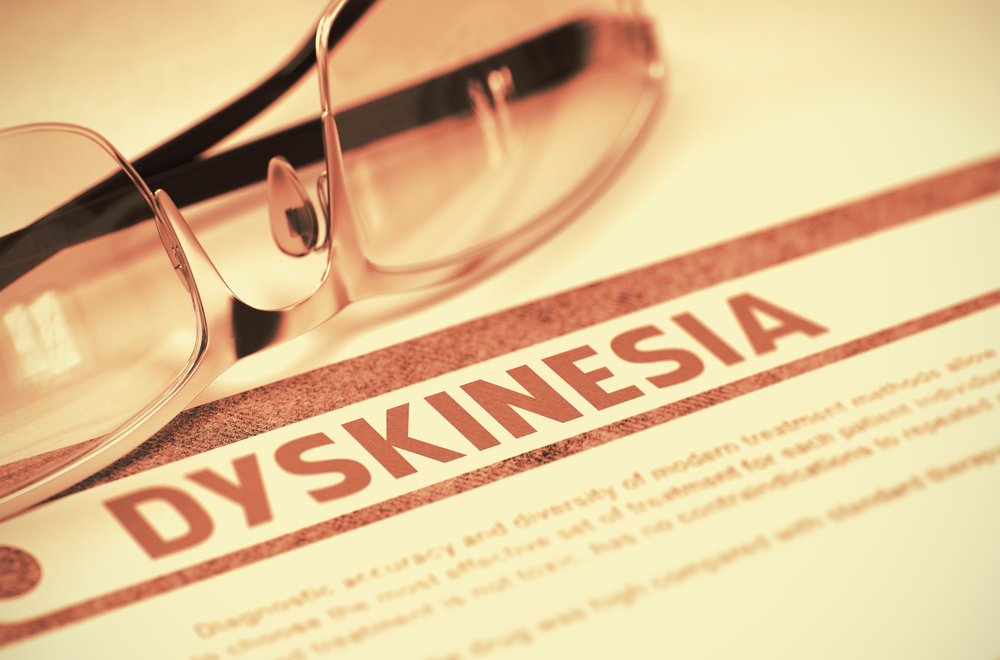Treatment methods for Parkinson’s related dyskinesia
Parkinson’s disease can cause both physical and non-motor symptoms. These may include rigidity, tremor, memory problems, stiffness, and anxiety. However, despite the advances in the field of medications, the medicinal drugs used to manage Parkinson’s often cause side effects. People often confuse between dyskinesia and Parkinson’s. While Parkinson’s is a disease, dyskinesia is the side effect of the medicines used to treat Parkinson’s. Dyskinesia is different from Parkinson’s and it causes quick movements that can affect the upper half of the body, arms, and legs. Although it does not affect everybody, dyskinesia can interrupt the daily routine of the person suffering from it.

Parkinson’s dyskinesia treatment involves:
- A change in medication for Parkinson’s disease
- A new medicine to reduce the quick movements
You can even consider choosing one of the following tips for dyskinesia treatment.
- Visit an experienced and reputed Parkinson’s specialist who will help resolve the issue over a period of time. You may have to visit your doctor often.
- Try and reduce the intake of Levodopa medication which is one of the biggest causes of dyskinesia. You can consider taking small doses of the medication more frequently.
-Parkinson’s disease for at least 4 years
-Dyskinesia
-Resistance to medication
DBS not only helps treat Parkinson’s symptoms but also prevents dyskinesia. It also helps ease stiffness, walking problems and tremors.
Continuous infusion of medicine into the patient’s body through a battery powered pump is another option. There are two types of solutions – LCIG (Levodopa/carbidopa intestinal gel) and CSAI ( Continuous subcutaneous apomorphine infusion).
It is recommended that you understand the pros and cons of each of the dyskinesia treatment from a specialist doctor. He/she will help you select a treatment that has lesser side effects and also works best for you.


